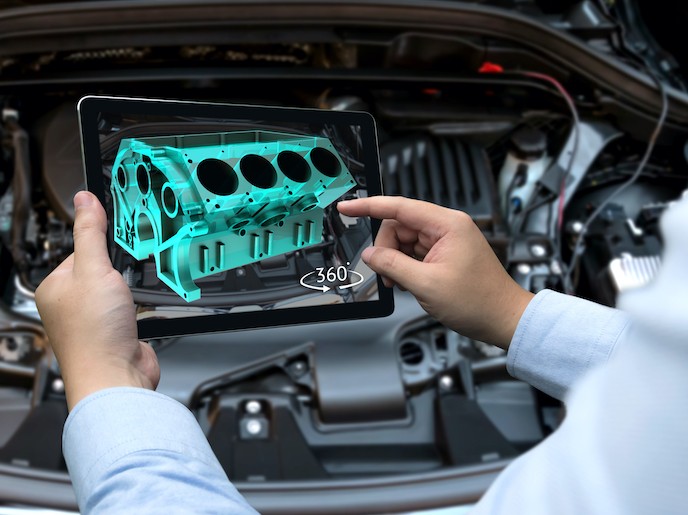3D metal part manufacturing taken to next level
Inspiration for the EU-funded DREAM project came during a ‘factories of the future’ conference organised by the Italian EU Presidency in Bologna in 2014. This conference identified the development of powder bed fusion as an industrial priority. Powder bed fusion is a cutting-edge manufacturing method that uses three-dimensional (3D printers) to add material, layer by layer. A heat source, usually a laser, is applied to melt and consolidate material in powder form, enabling complex 3D shapes to be formed. The technique is used extensively in the automotive industry to produce car parts, and in the medical field to create personalised prosthetics. “A key challenge discussed at the conference was the accidental mixing of metal powders,” explains DREAM project coordinator Elena Bassoli, professor of engineering at the University of Modena and Reggio Emilia in Italy. “We saw a need to identify and quantity this issue, in order to increase the technology’s reliability. Finding new ways of improving the powder bed process could help manufacturers produce lighter components, with longer fatigue life.”
Improving industrial processes
The DREAM project was launched in October 2016, with a focus on laser powder bed fusion techniques for titanium, aluminium and steel components in the prosthetics, automotive and industrial moulding sectors. Improvements were to be measured in terms of weight reduction, increased production speed, material cost reduction and better fatigue performance. A key element of meeting these targets was the introduction of powder bed fusion machine control software. This was developed specifically to manage the heating effects of the laser on material instability and fatigue. “To reach an industrially relevant level of productivity, we paid special attention to the raw materials used, to avoid powder contamination,” says Bassoli. “Each process for each material was then validated and standardised.”
Quicker, lighter production
The project, which ended in December 2019, has achieved some impressive results, ranging from the manufacturing of lighter components to increased productivity. “We managed to achieve a reduction in manufacturing costs and to cut building time,” says Bassoli. “We also managed to improve the quality of raw metal powders by developing new procedures for identifying and quantifying cross-contamination.” A device to remove contaminants from raw metal powders was also developed and successfully trialled during the project. The innovations introduced by DREAM were finally tested on three end-user test cases: aluminium engine components built by Italian automotive manufacturer Ferrari; titanium prosthetic components made by Adler Ortho; and steel moulds built by Italian company Mold & Mold. “A 17 % weight reduction was achieved through the redesign of an automotive component,” says Bassoli. “The chosen test case met all the structural requirements that the end user demanded, such as stiffness, strength and fatigue.” The prosthetic component, a femoral stem used in hip replacements, was built with 13 % less material, making it lighter and more flexible. Finally, the mould manufacturer was able to achieve more efficient cooling with significant cost efficiencies during the production of its products. “One of the main strengths of this project has been the construction of a consortium that involved all the players in the value chain, from the producer of the raw materials and the machines to the end user,” says Bassoli. “Cooperation between partners has been so good that we can now think about continuing this work, as well as building relationships for other activities.”
Keywords
DREAM, 3D, laser, automotive, prosthetics, industrial, moulding, aluminium, titanium, steel

